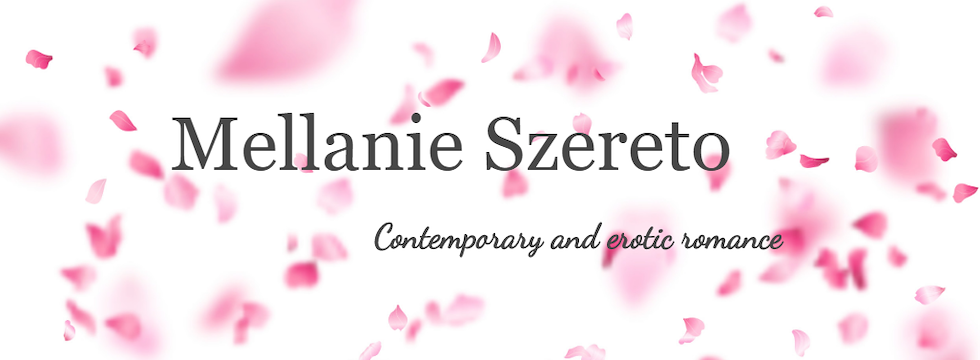Welcome to Writing Tip Wednesday! Self-publishing offers writers another choice on the road to publication, whether they’re already traditionally published and/or e-press published, or unpublished. Although the author maintains control of the process, she also has a lot of hard work ahead of her. Education about self-publishing and the publishing industry is vital to a good product and creating a professional image.
Filing Copyrights isn’t mandatory. Technically speaking, an original work is copyrighted as soon as it’s created. However, a registered copyright gives the author the ability to file a lawsuit for copyright infringement. The unfortunate fact is a lawsuit for copyright infringement is very costly. Attorney’s fees and statutory damages may be recovered in successful litigation if the work is registered within three months of publication. Registration within five years of publication allows an award of actual damages and profits.
Each author must decide whether the additional rights are worth the cost and effort of registering the copyright—currently $35 per title/collection/single author when registering online at the US Copyright Office/Library of Congress and $55 for all other registrations.
To file a copyright registration form online, visit www.copyright.gov. For a tutorial of the process, check out http://copyright.gov/eco/eco-tutorial.pdf. Be aware that registration requires a copy of the work be submitted to the Library of Congress, so plan on shipping costs for print books or CDs for e-books, if not submitting an electronic copy with the application. If the book is available in print, plan to send a print copy since the Library of Congress requires the “best edition” of the work.
Information included in a copyright document is available to the public. Authors using pseudonyms who wish to keep their real names private have the option of filing the registration under the pen name. All information on the form will be released, so the author should complete only those details that are required and that she’s comfortable having the general public know.
With piracy and plagiarism happening in epidemic proportions, copyrights can provide a way to fight these diseases. With the right evidence and a good lawyer, an author may be able to recover damages and profits—but a lost case means substantial legal fees.
Check off #12!
The To-Do List
1) Finish the book.
2) Polish and edit the book.
3) Write taglines and blurbs.
4) Create or purchase cover art.
5) Purchase ISBNs, if using a single ISBN for all retailers using the same book format (print or e-book).
6) Create front and back matter.
7) Format for e-book and/or print.
7.a.) Add images.
7.b.) Create audio book.
8) Update website, blog, and social media.
9) Create metadata list.
10) Plan a marketing and promotion strategy.
11) Publish the book.
12) File copyright paperwork, if registering.
13) Add buy links to websites, blogs, and social media.
14) Implement marketing and promotion strategies.
15) Write the next book!
Be sure to check out the writing craft series, Writing Tip Wednesday: The Writing Craft Handbook, in e-book at Amazon and B&N and in print at Amazon and CreateSpace, and the writing career series, Writing Tip Wednesday: The Writing Career Handbook, in e-book at Amazon and B&N and in print at Amazon and CreateSpace. Watch for Writing Tip Wednesday: The Self-Publishing Handbook in early January—with extra formatting and conversion content!
Mellanie Szereto
Romance...With A Kick!

No comments:
Post a Comment